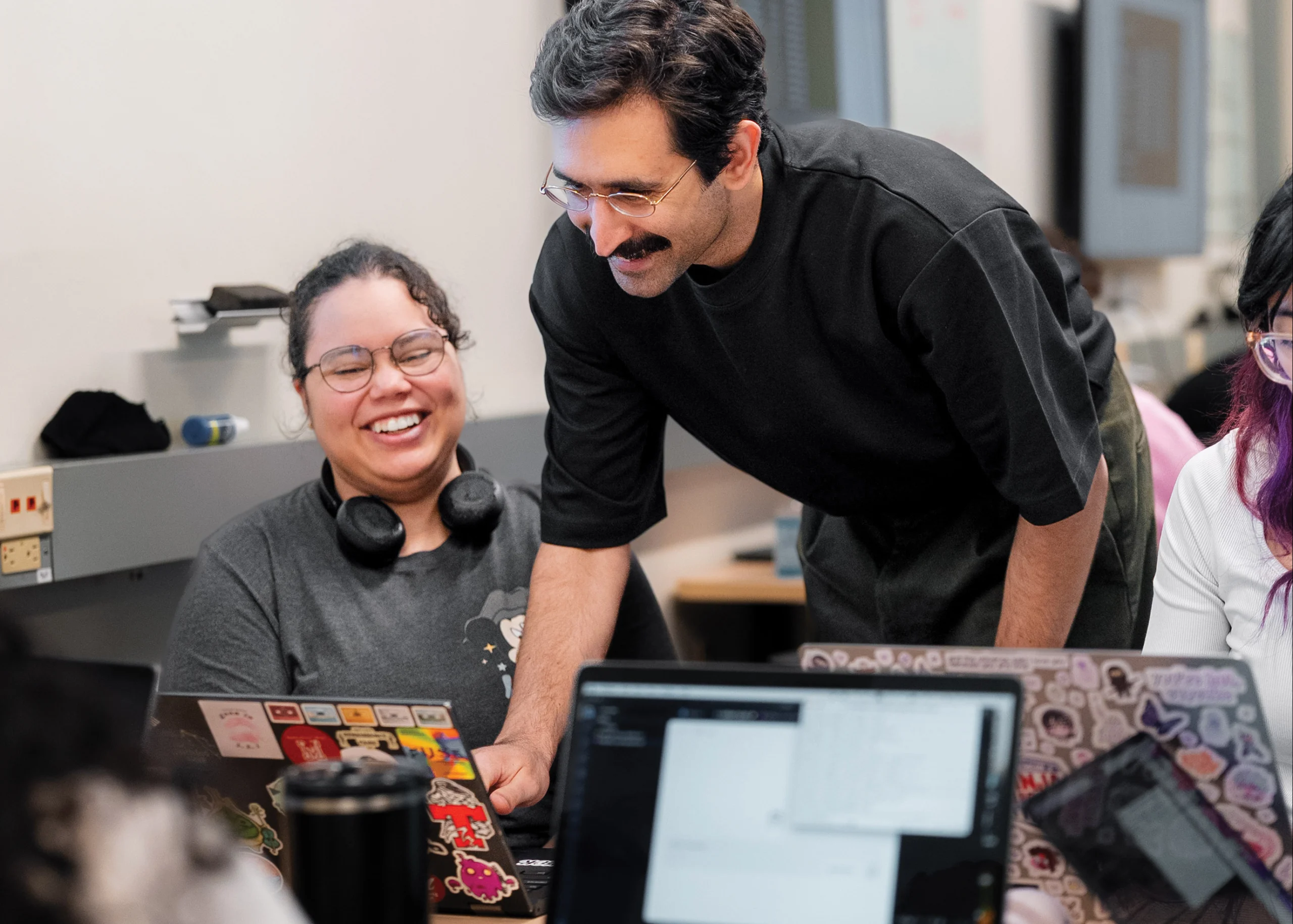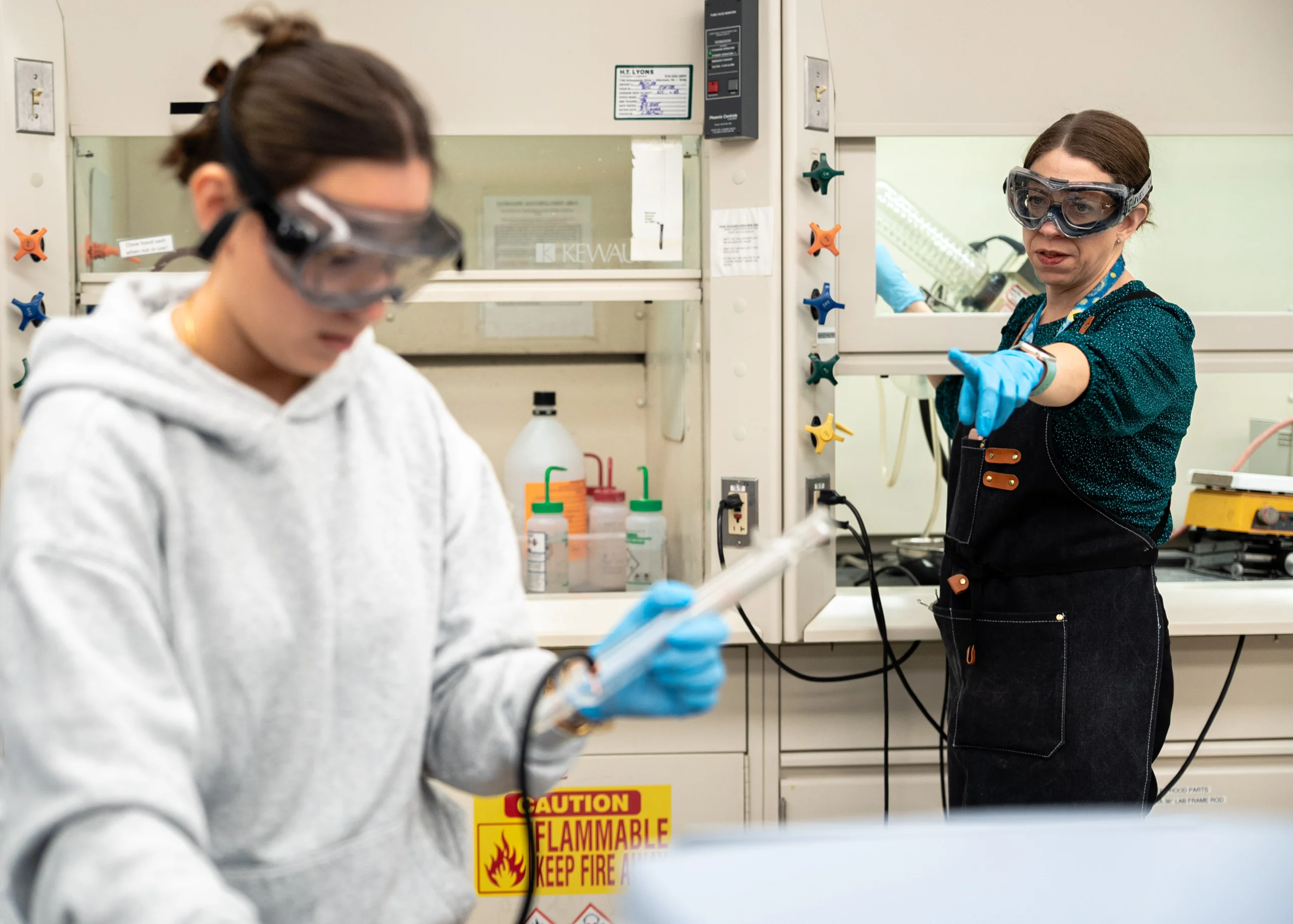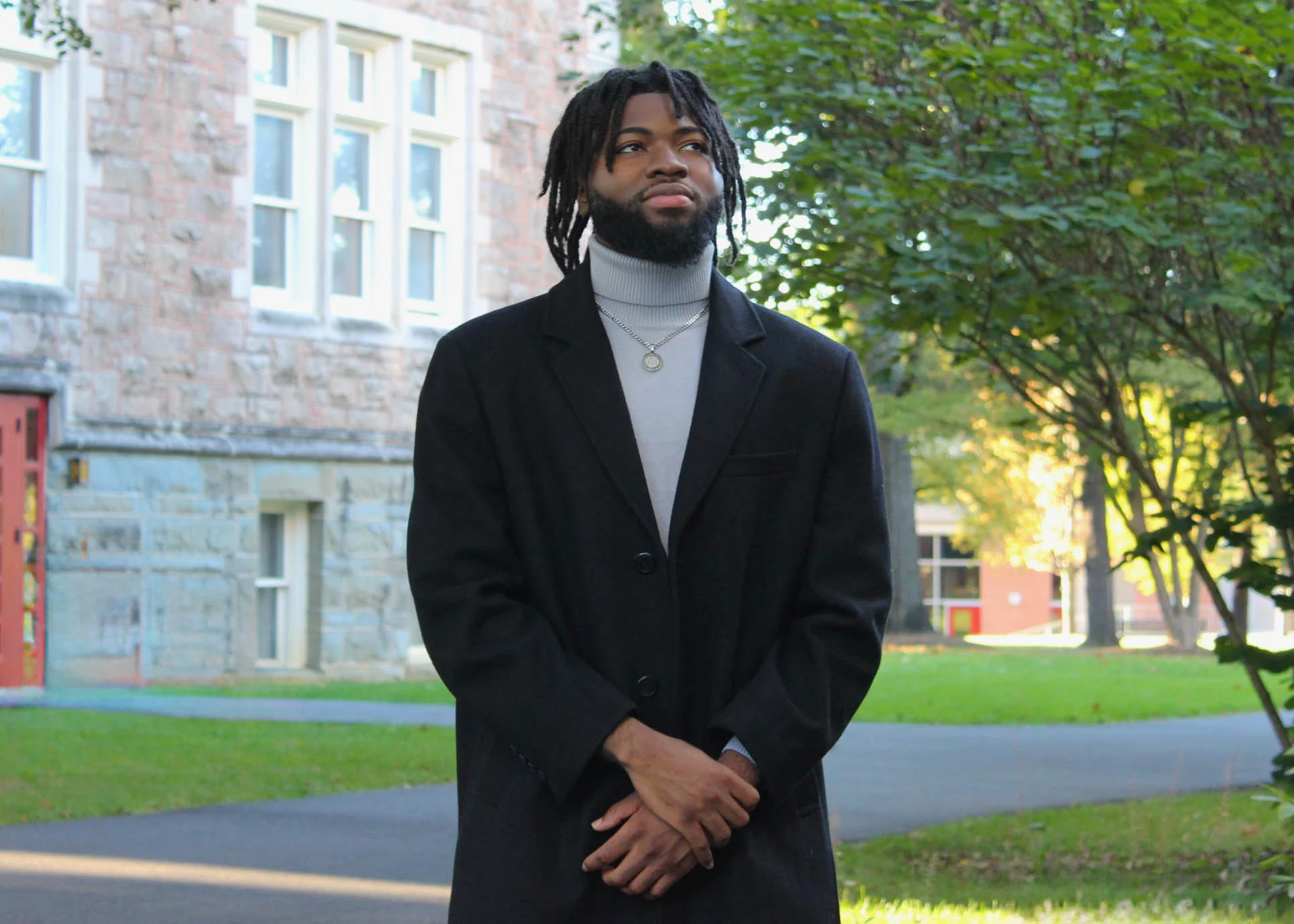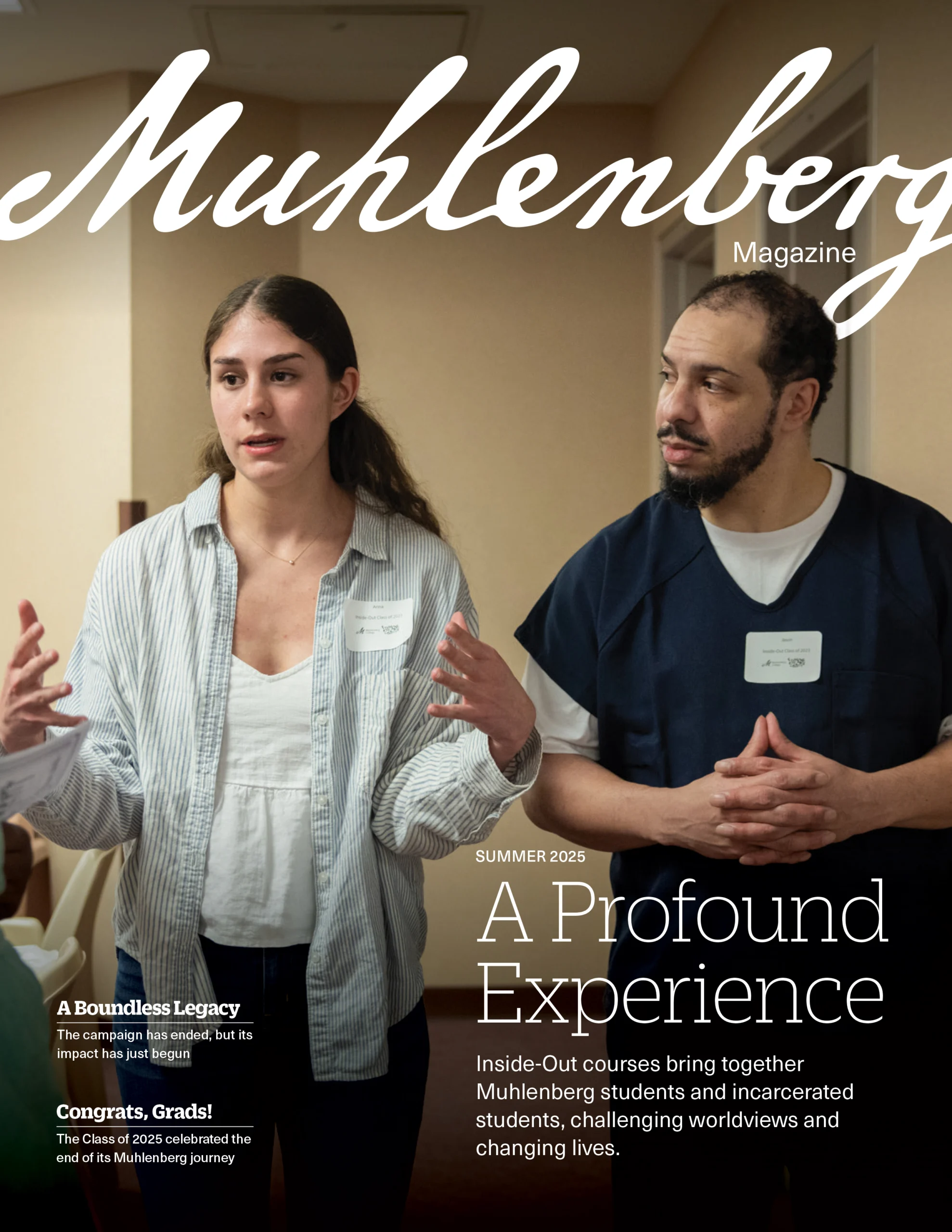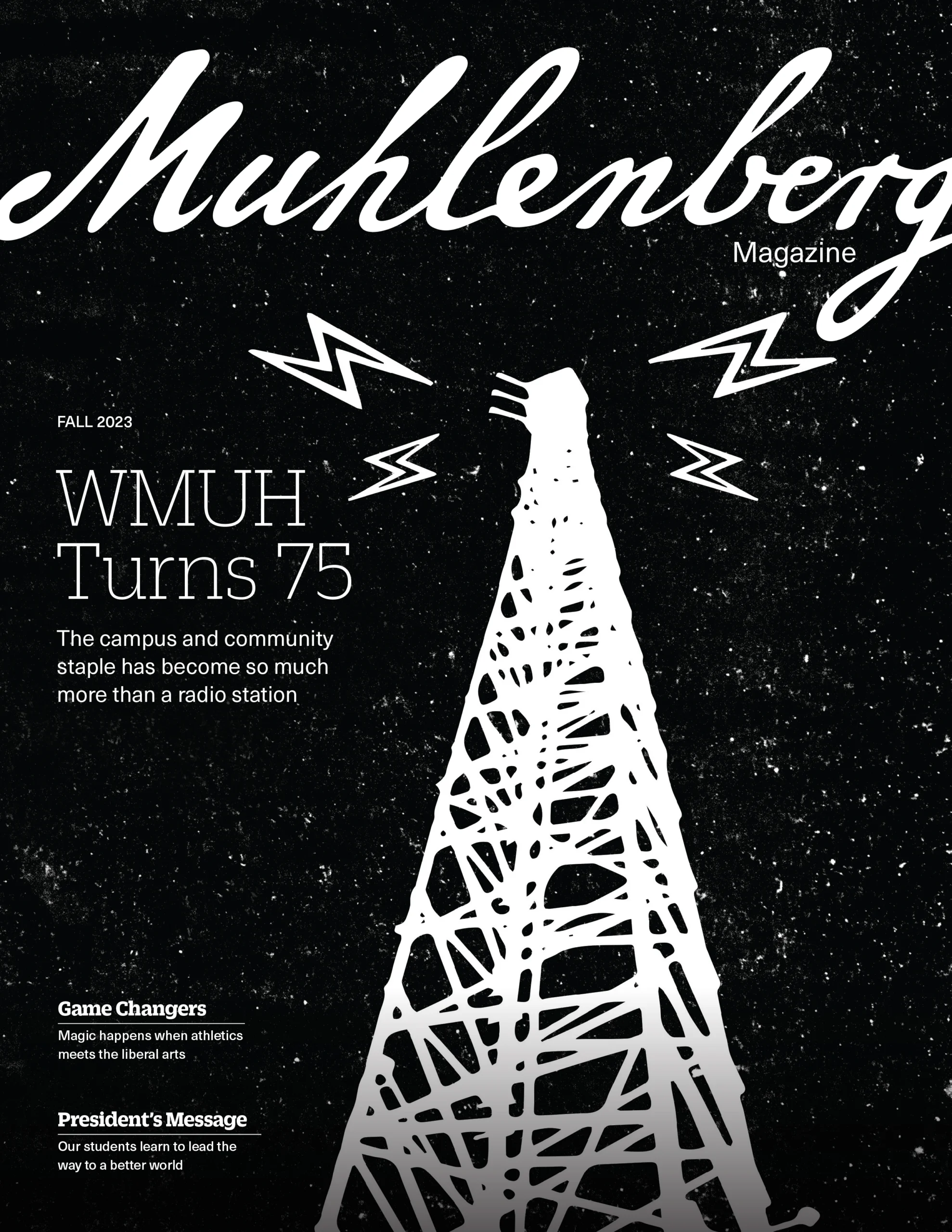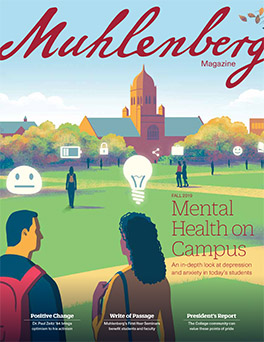
One Change That Could Improve Adolescent Mental Health
If teens could ditch their smartphones overnight, it could have a massive positive impact on their overall well-being.
News headlines are full of concern about the emotional well-being of teens today. They’ve been through a lot in the past few years and the world around them can seem grim: COVID, the climate crisis, racial injustice, economic uncertainty and a democracy under siege.
These realities are coming at teens all hours of the day and night through the devices that keep them permanently online and connected. Health experts and policy makers criticize the companies behind the apps teens prefer — including Instagram and TikTok — for designing their products to be addictive. Indeed, the developing brain of an adolescent is poorly equipped to resist the lure of notifications that might provide immediate gratification. Some studies have found that excessive social media exposure can overstimulate the reward center in the brain, triggering a response that looks very much like addiction. It is perhaps reasonable, then, that the U.S. Surgeon General has raised the alarm about the potential connection between excessive social media use and mental health issues among adolescents.
Alongside the rise of teen depression and anxiety, researchers have seen declines in the amount of sleep teens are getting. The American Academy of Pediatrics recommends that teens sleep eight to 10 hours per night in order to function optimally, but few teens actually achieve that amount. One important study tracked adolescent sleep between the years 2009 and 2015. Around 2012, the percentage of teens who slept less than seven hours per night started to rise alarmingly. What happened that might have influenced teen sleep habits? The spread of smartphones.
Correlation does not equal causation, of course, but subsequent studies and my own anecdotal conversations suggest that smartphones are keeping teens up at night. Teens believe their devices help them relax before going to sleep, yet nighttime media use is associated with later and poorer sleep. They bring their phones into bed because they feel like natural extensions of themselves, but notifications wake them up all night long. Interventions designed to reduce nighttime technology use have been shown to be effective for improving sleep, which provides evidence that smartphones have been a culprit.
Most of us have experienced a bad night’s sleep: We’re sluggish and irritable, we eat junk food to get a quick burst of energy and we skip out on exercising because we’re too exhausted. Now imagine this day after day, week after week and month after month. There’s no sleeping in because the bus comes at 6:45 a.m. There’s no taking a nap because there are hours of homework to do. Experts say that chronic sleep deprivation is a key predictor of a host of mental health issues, including anxiety, depression and suicidality. This research shows that if we can figure out how to improve teen sleep, then we may get closer to improving their overall well-being.
In my field, we try to focus on “modifiable behaviors.” It’s not feasible to think that we can, in the short term, eradicate COVID, fix the planet or restore democracy in order to address adolescent well-being. But with some education and effort, we can probably convince teens to leave their phones in another room while they sleep. The first step might be to educate parents. In fact, a recent study found that parents who had rules around their teens’ smartphones had teens who slept better.
“Teens believe their devices help them relax before going to sleep, yet nighttime media use is associated with later and poorer sleep.”
—Amy Jordan ’83
Adjusting teens’ relationships with their phones should not only rest on the shoulders of parents, though. Policy makers are right to hold tech companies accountable for not doing more to ensure that children don’t have access to their social media platforms. Children under 13 are not supposed to be on sites like TikTok and Instagram, but more than 40 percent of 8- to 12-year-olds are regularly using social media. Tech companies should also be working with child development experts to better understand how their products are affecting young people and to design “frictions” that slow young users down and make it easier for them to put their phones away. New Jersey, the state where I teach, has gone so far as to introduce a bill that “prohibits a social media platform from using any practice, design, feature or affordance that would cause child users to become addicted to the platform” lest the company be subject to a hefty fine.
When I wrote my first paper on the effects of media on children as a student at Muhlenberg, the media landscape was pretty straightforward. One could watch cartoons on Saturday morning on the three commercial broadcast networks and sit through a day of educational shows on PBS and get a robust picture of what children were exposed to in the media. I could never have envisioned the challenges confronting young people today, but I could also not have imagined the opportunities.
The Surgeon General sounded the alarm about the harms of media, but he also highlighted the potential good: Smartphones have complicated teens’ lives, but they have also connected them — to each other, to resources that can enrich their experiences and to knowledge that can broaden their world view. I would not want to disconnect teens from these opportunities. I just want them to disconnect at night.
Amy Jordan ’83 is a professor in the Department of Journalism and Media Studies at Rutgers University-New Brunswick and holds a Ph.D. in communication from the University of Pennsylvania.

